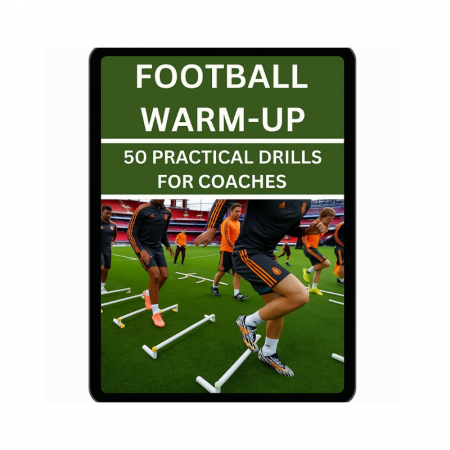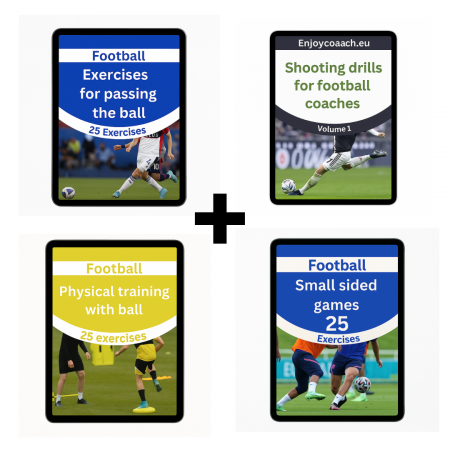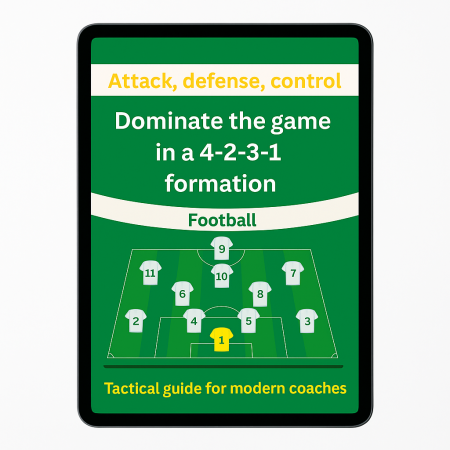Whether you coach at youth, amateur, or semi-professional level, success doesn’t come only from individual talent. It comes from how you organize your players and make them work together as a unit. Here’s a step-by-step guide to building a tactical system that truly fits your team.
1. Start with a proper team analysis
Individual qualities:
-
What kind of players do you have? Fast, technical, physically strong?
-
What are their natural positions?
-
Who are the leaders, and how do they respond in tough moments?
Collective profile:
-
Does your team prefer open play or a more cautious approach?
-
Can they maintain possession or thrive on counter-attacks?
Example: If you have slow defenders but hardworking midfielders and fast wingers, a system based on quick transitions could suit your team best.
2. Choose a playing style that matches your identity
| Style of Play | Best For |
|---|---|
| Possession/Control | Technical players, good in build-up |
| Counter-attacking | Speed, strong defensive organization |
| High Pressing | Energy, tactical discipline |
| Deep Defending | Strong defenders, compact team |
Pick a philosophy that matches your players' DNA, not just a trendy tactic.
3. Select the right base formation
Pick a shape that highlights your team's best qualities:
-
4-3-3: Great for dynamic teams with strong wing play.
-
4-2-3-1: Balanced between attack and defense.
-
3-5-2: Ideal for teams with solid center backs and tireless midfielders.
-
4-4-2: Simple, effective, and disciplined.
⚠️ Don’t copy elite-level systems if they don’t fit your players.
4. Define roles and responsibilities
Each player should understand:
-
What to do in attack and defense
-
How to react after losing or winning the ball
-
Who presses and who covers
Clarity = Confidence + Efficiency
5. Introduce tactical automations
Consistently train:
-
Set pieces (free kicks, corners)
-
Transitions (defense to attack and vice versa)
-
Coordinated movements (overlaps, switches of play)
Repetition builds understanding and fluidity.
6. Test and adjust
-
Play friendly matches
-
Analyze performance: what works, what doesn't?
-
Be flexible: not every idea that looks good on paper works in reality
7. Build for the long term
-
Reinforce core principles regularly
-
Invest in player development
-
Adapt the system as your team grows
Conclusion
A tactical system is not a fixed template. It’s a dynamic process. It should reflect your team’s character, highlight strengths, and cover weaknesses. When every player understands the system and believes in it, you lay the foundation for a truly competitive team.
🔹 Build the system around the team, not the team around the system.
🎯 Want to improve your tactical knowledge even further? Explore our digital resources, training exercises, and expert guides designed specifically for football coaches.
👉 Visit www.enjoycoach.eu and take your coaching to the next level!




